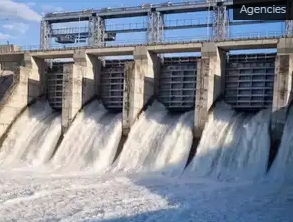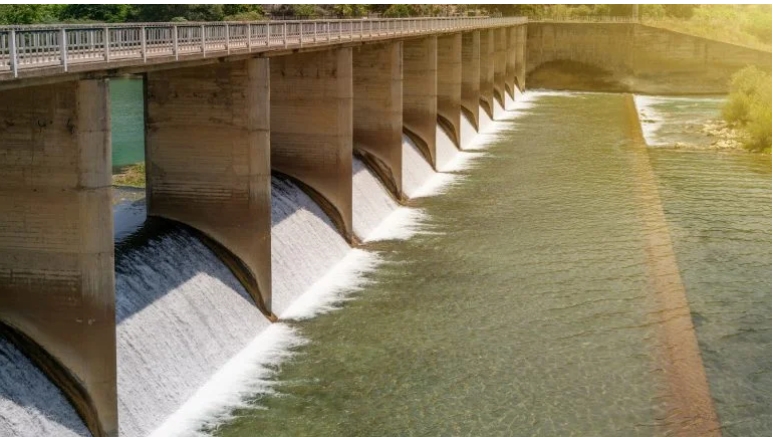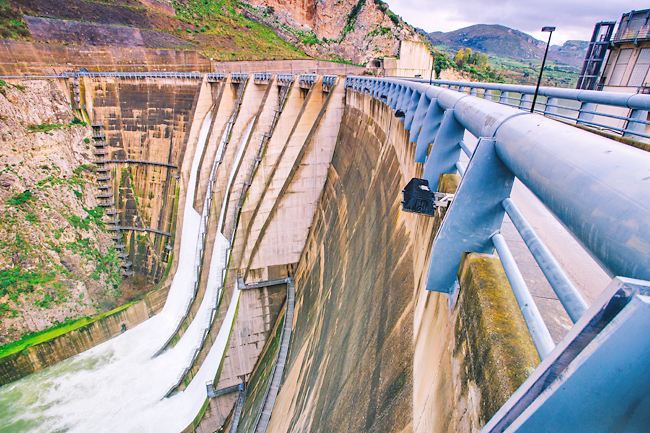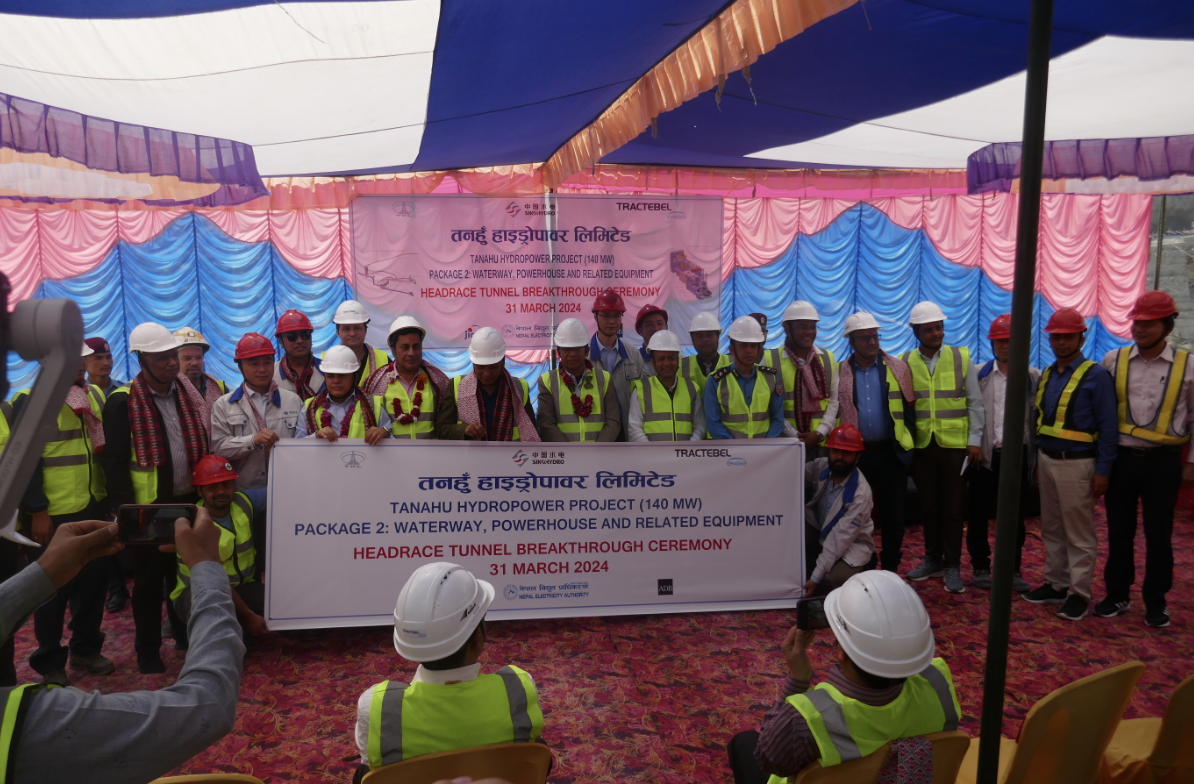.jpg?ext=.jpg)
Researchers at the DREAM demonstration project at the Xiangshan deposit (Image: CNNC)
The Deep Resources Exploration and Mining (DREAM) project - led by China National Nuclear Corporation's (CNNC's) Beijing Research Institute of Uranium Geology - has made multiple breakthroughs in the application of advanced technologies and equipment in relevant scientific and technological research over the past four years, CNNC announced.
A ceremony was held in December 2019 at the Xiangshan uranium deposit near Fuzhou city in China's Jiangxi province to mark the start of the country's deepest drilling project related to the exploration of uranium resources. The project team planned to carry out three-dimensional exploration of the deep ore-forming environment of the Xiangshan mine field to reveal the uranium polymetallic resource ore-forming conditions and drill a 3000-metre-deep bore hole.
CNNC said that during the demonstration project, researchers successfully discovered industrial-level uranium ores at a depth of about 1550 metres, setting a new national record and "laying a solid foundation for future exploration of mineral resources". In terms of metallogenic depth, they proposed the maximum depth of hydrothermal uranium deposits in South China can be as deep as 3000 metres.
The project has also made breakthroughs in the research and development of deep location and exploration technologies and equipment related to hydrothermal uranium deposits, CNNC said. For example, the research team developed a Gamma-ray spectroscopy logging system, which functions at a depth of 3000 metres and boasts strong survival capability in the high-temperature and high-pressure environment.
Uranium in seawater
Researchers at the Institute of Modern Physics (IMP) of the Chinese Academy of Sciences, in collaboration with teams from China's Lanzhou University and Hebei University, have developed a graphene oxide-based method of pre-enriching uranium in seawater by membrane filtration.
According to IMP, there are about 4.5 billion tonnes of uranium existing in seawater, which is some 1000 times more than terrestrial reserves. However, the extremely low uranium concentration and huge amounts of coexisting ions makes the extraction of uranium from seawater very challenging. It is therefore important to enrich uranium and reduce the concentration difference between uranium and the main coexisting ions.
.jpg)
The ion rejection and enrichment properties of Go-Gly membrane for uranium and the main coexisting ions in single ion solutions (Image: IMP)
In a study published in Chemical Engineering Journal, the researchers fabricated a new type of glycine cross-linked composite graphene oxide (GO-Gly) membrane with good ion sieving properties, which can meet the demands of uranium pre-enrichment in seawater. They say the cross-linking of GO by glycine not only overcomes the swelling defect of GO membrane in solution, but also fulfills the requirement for the channel size of uranium separation from the main coexisting ions. Moreover, the structure of the membrane can keep stable when immersed in water solution for a long time.
The researchers then investigated the ion rejection and enrichment properties of uranium and the main coexisting ions in single ion solutions and simulated seawater, respectively. It was found that almost 100% of uranium was rejected by the GO-Gly membrane. In addition, only uranium was obviously enriched while the concentrations of the main coexisting ions kept nearly constant in continuously filtrating the simulated seawater with the membrane.
"This new method combined with the traditional methods is expected to greatly improve the uranium recovery efficiency and promote the real application of uranium resources in seawater," IMP said.







